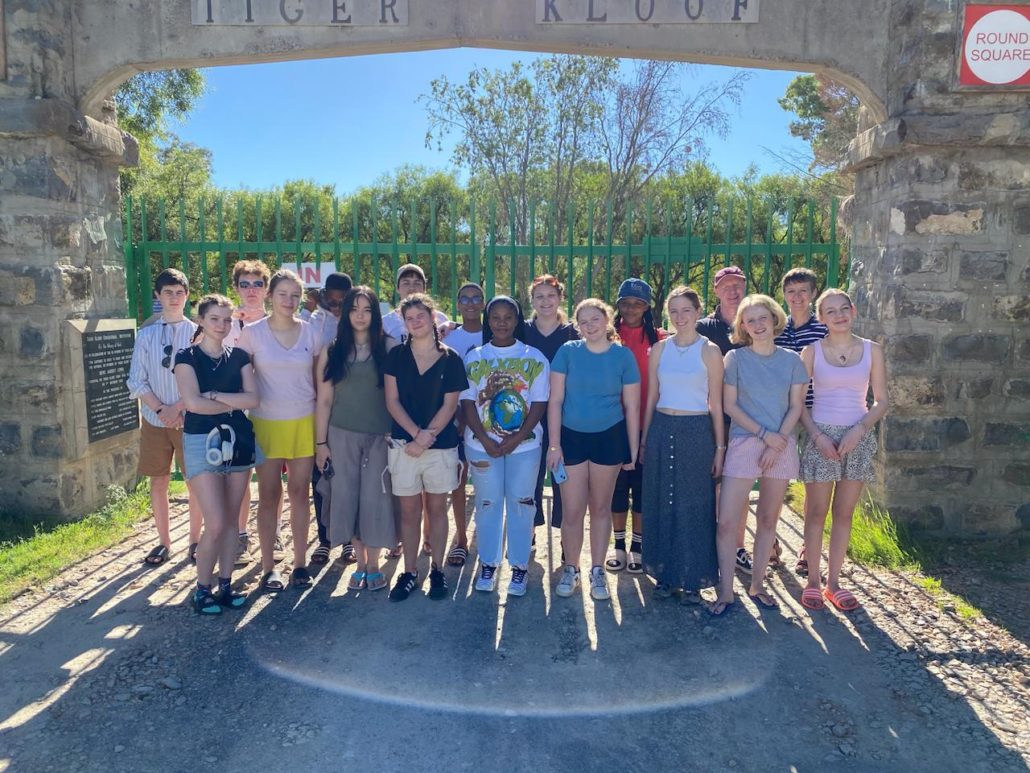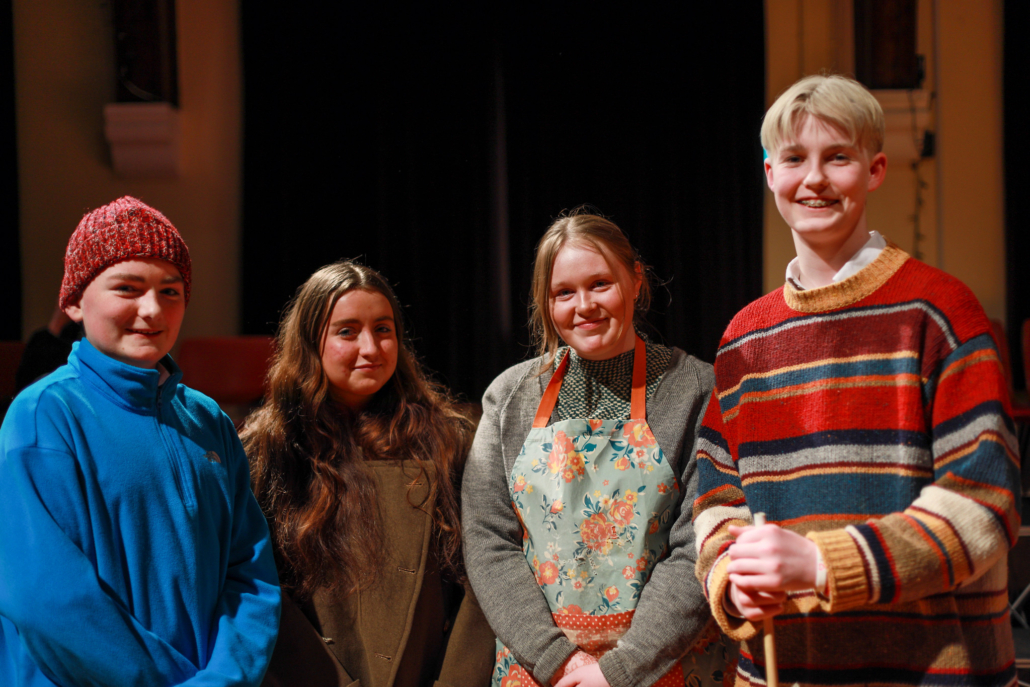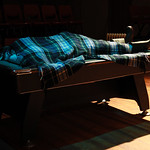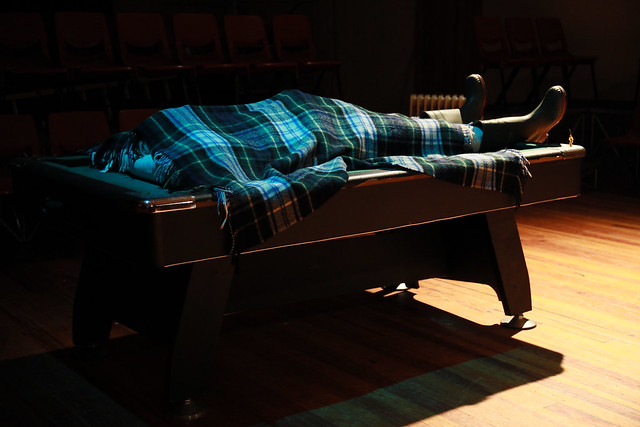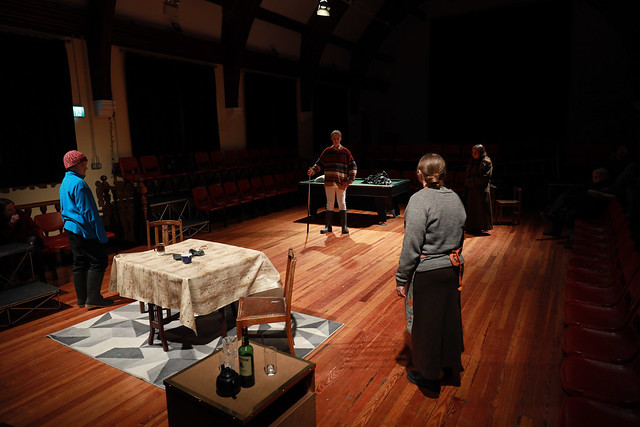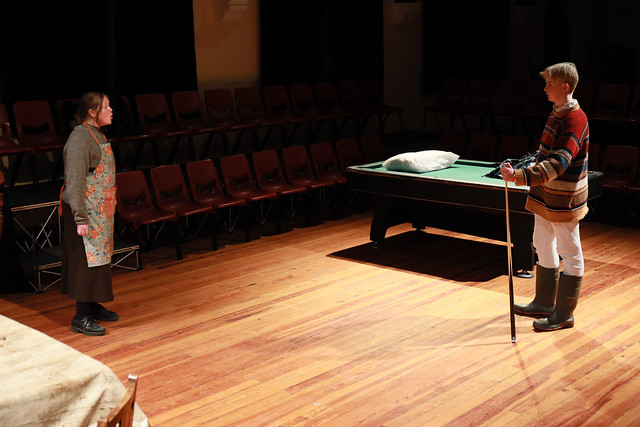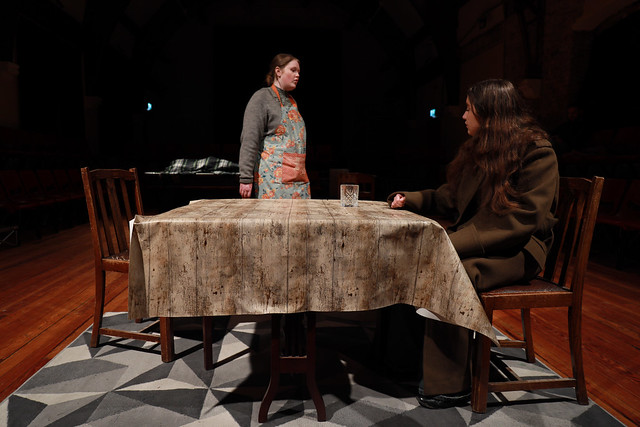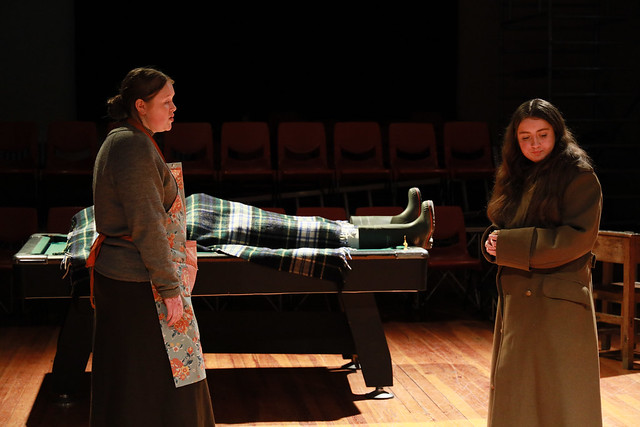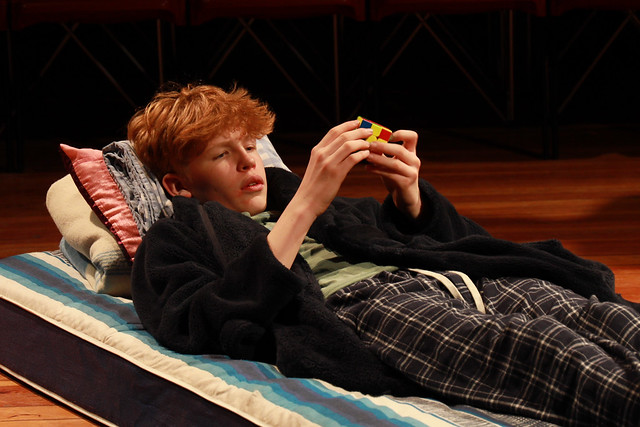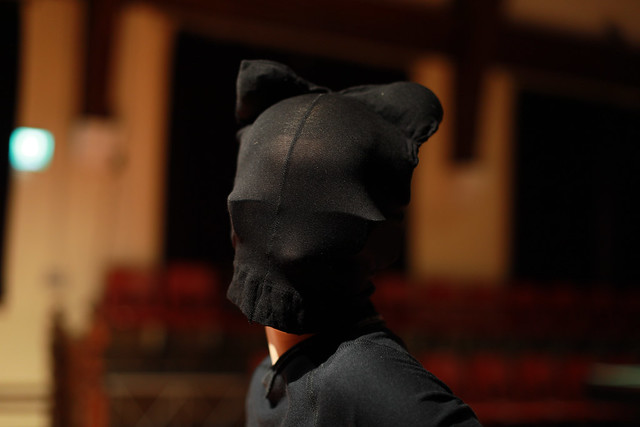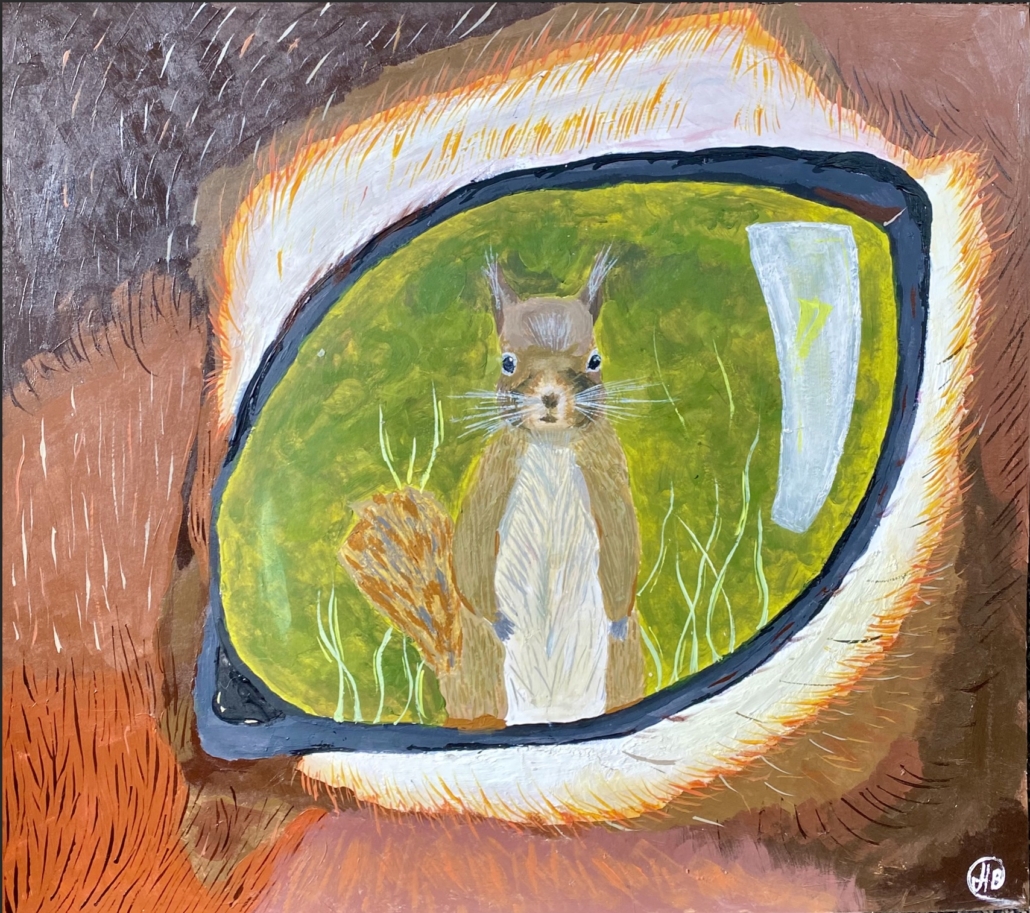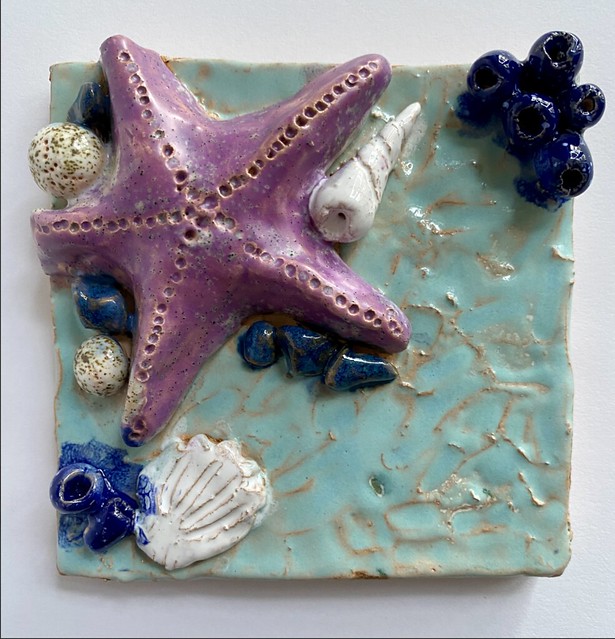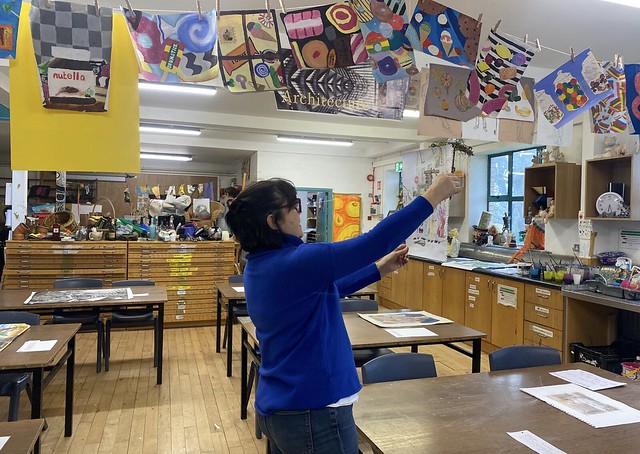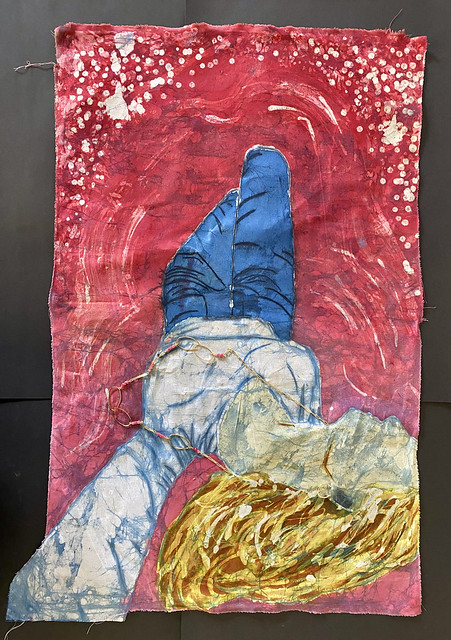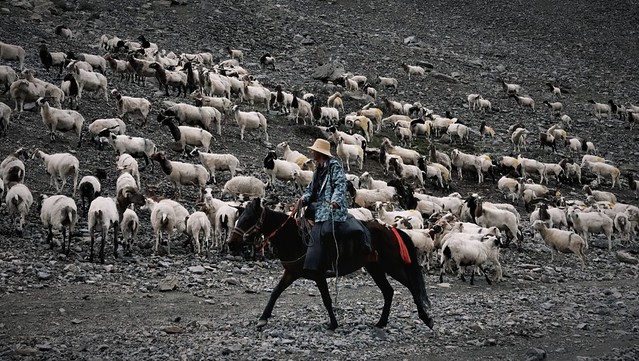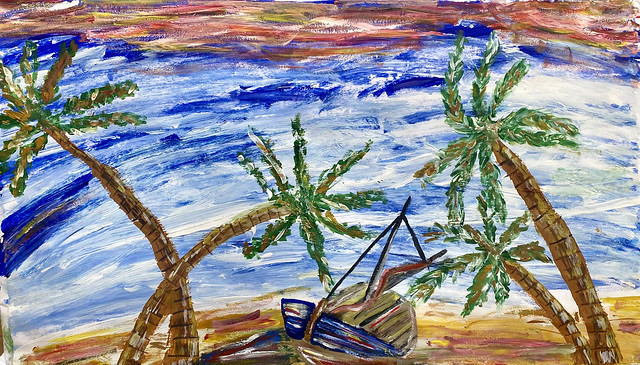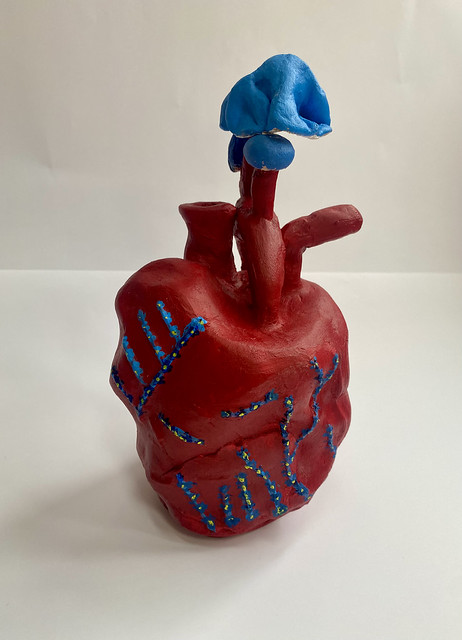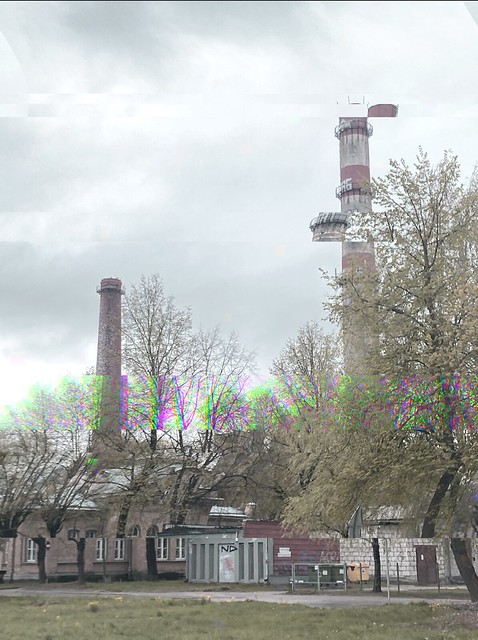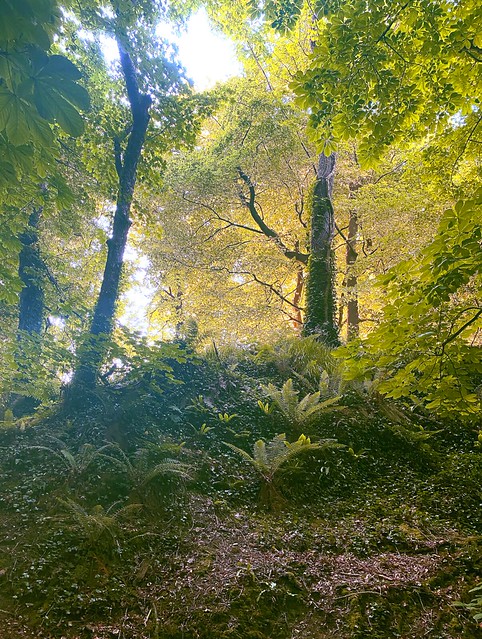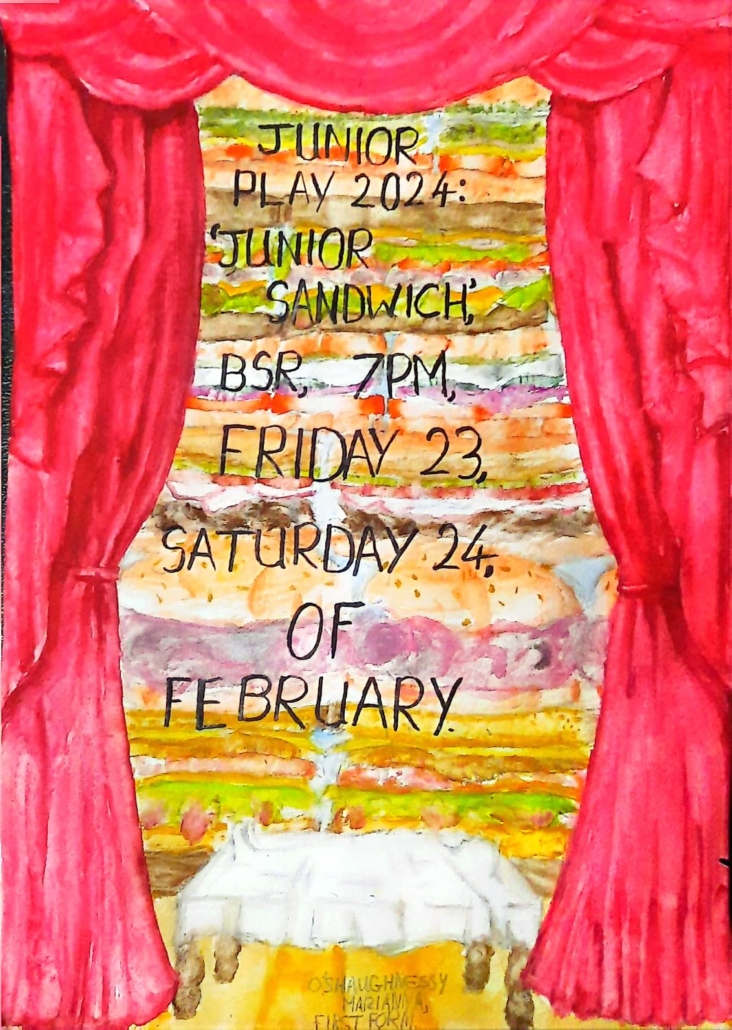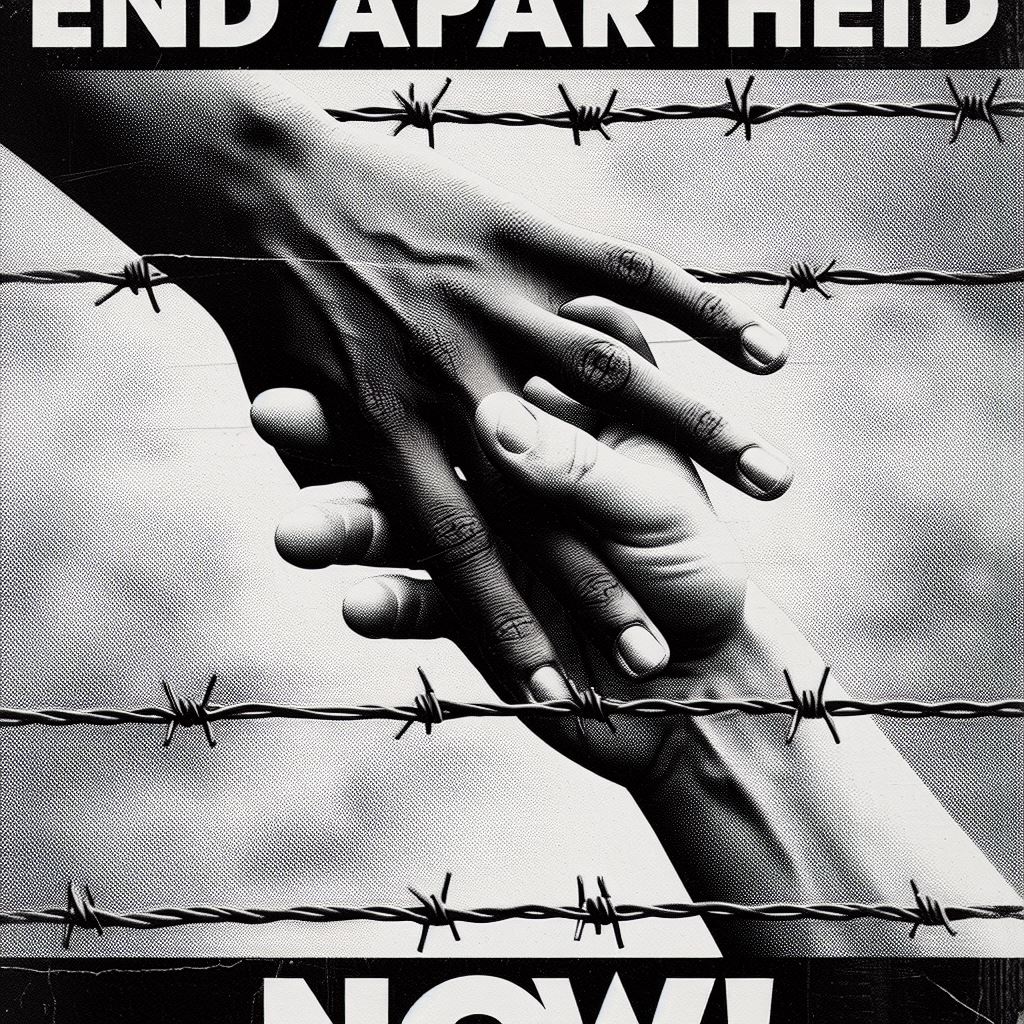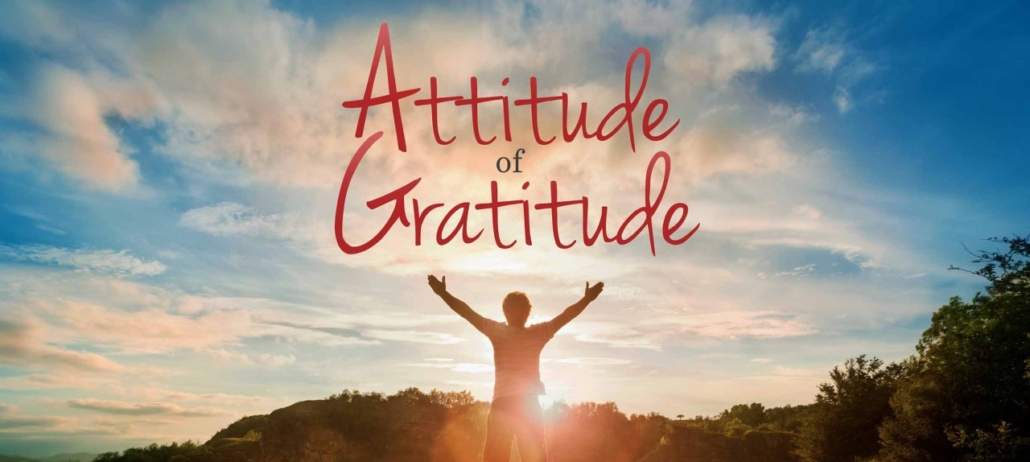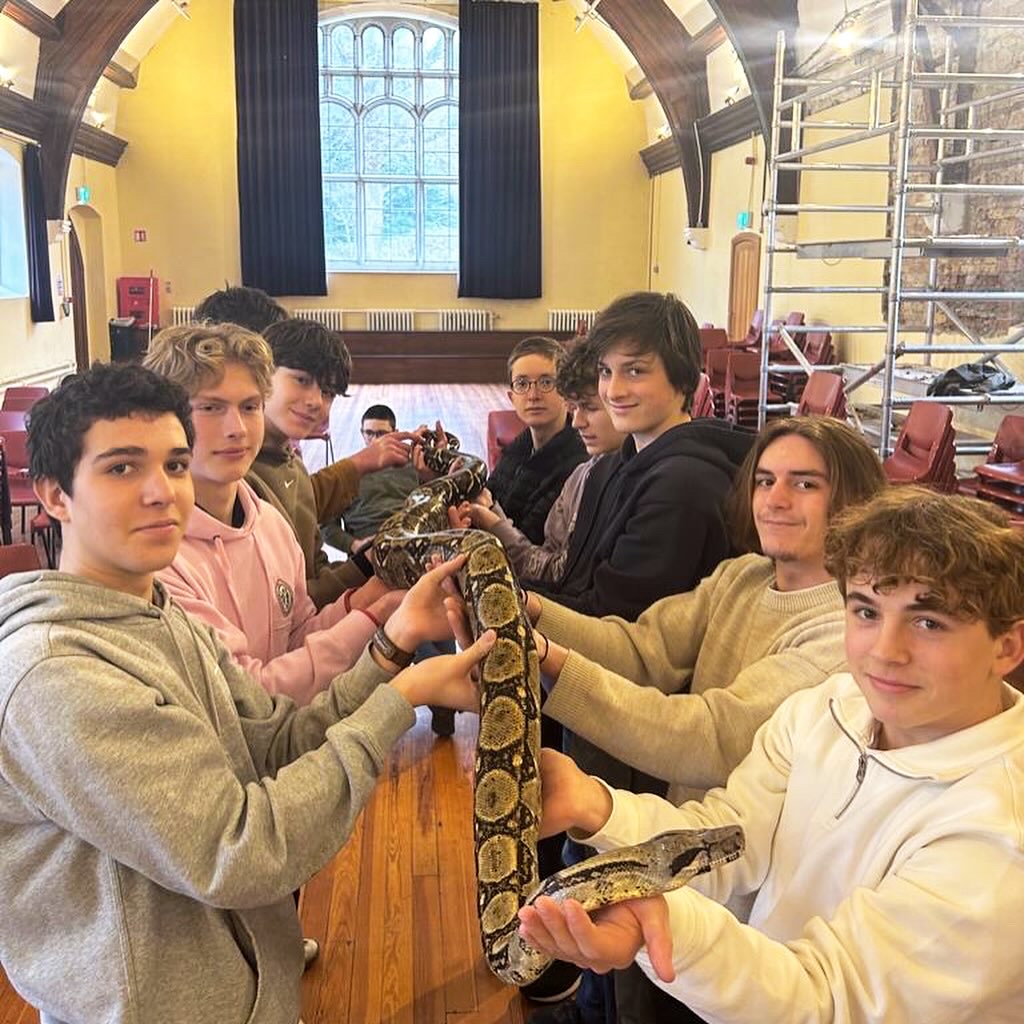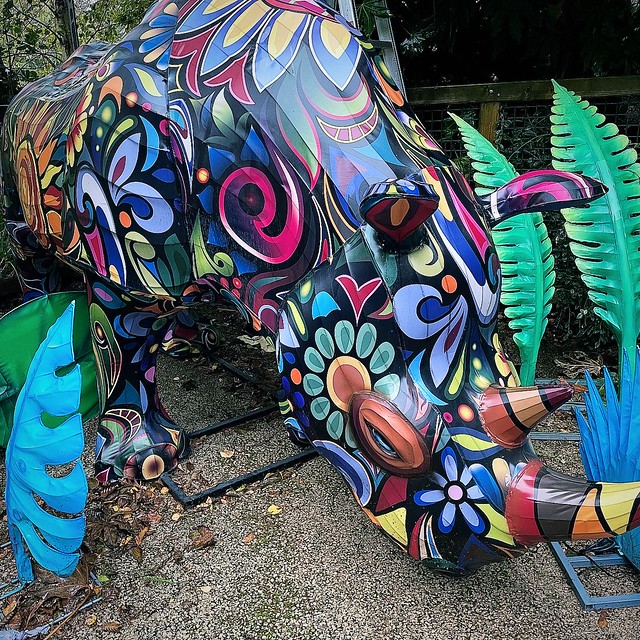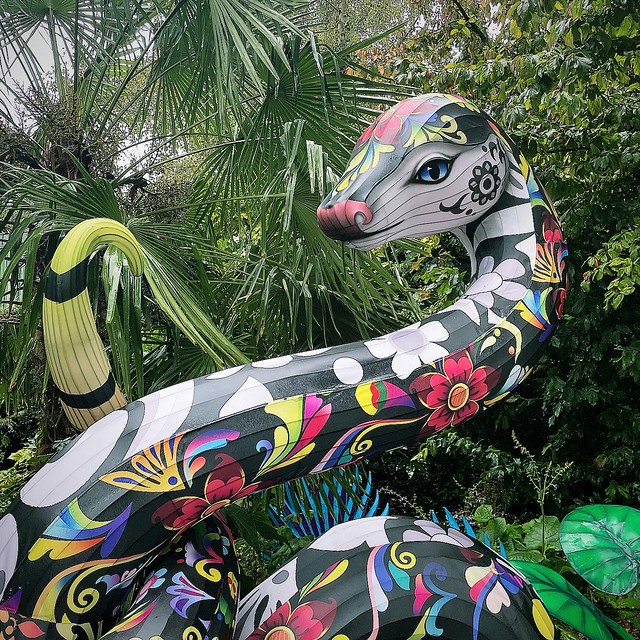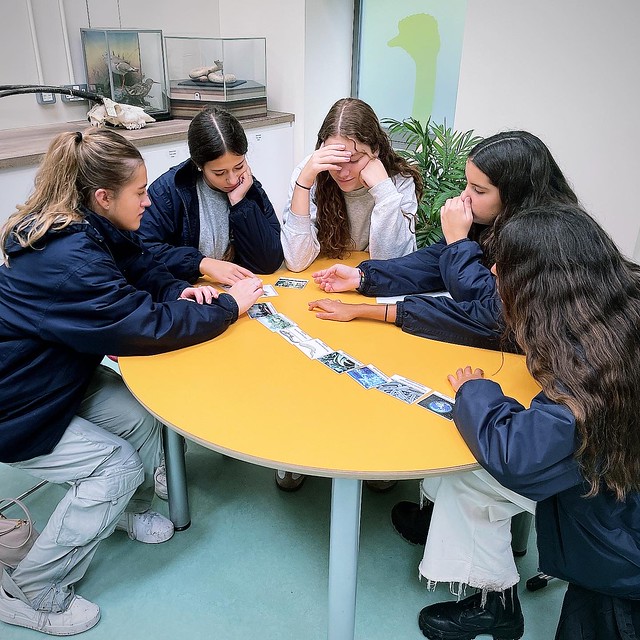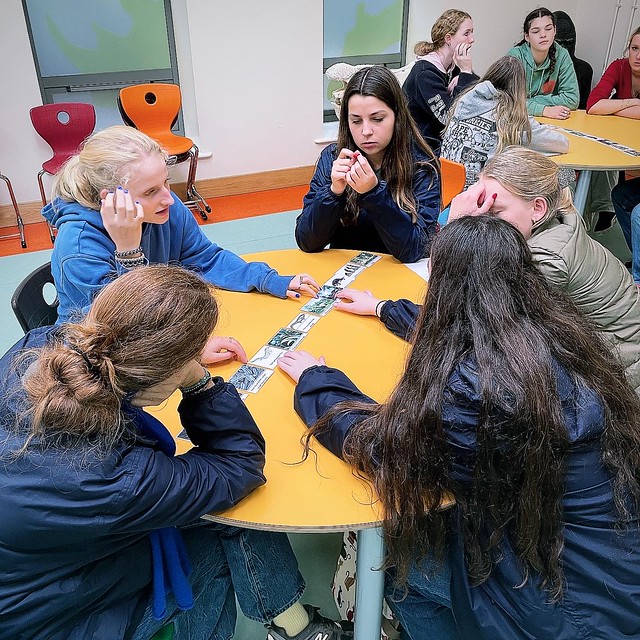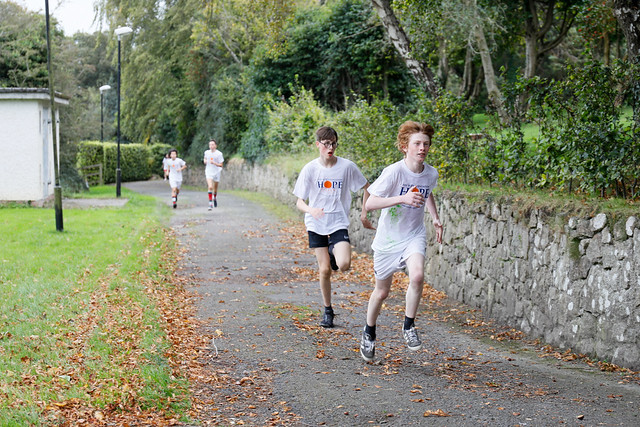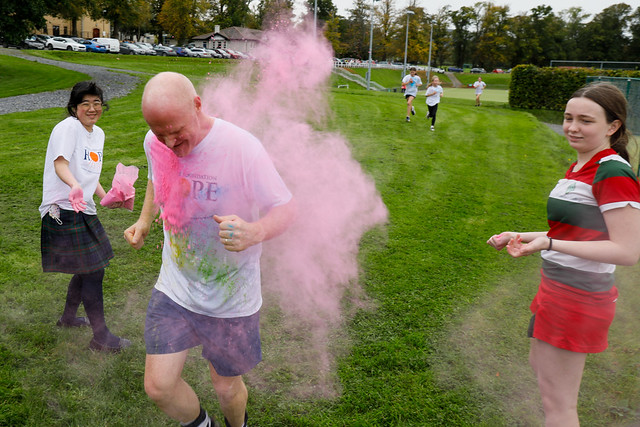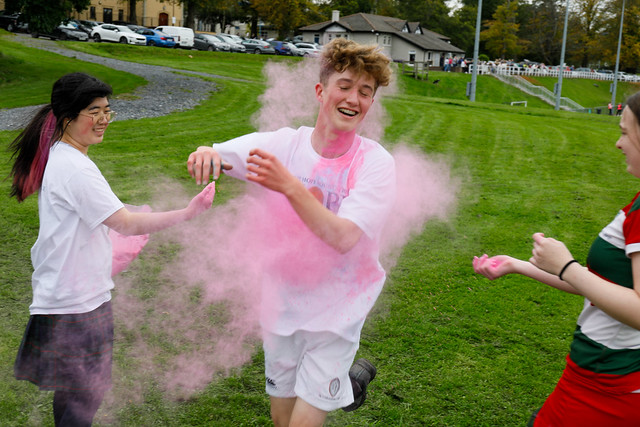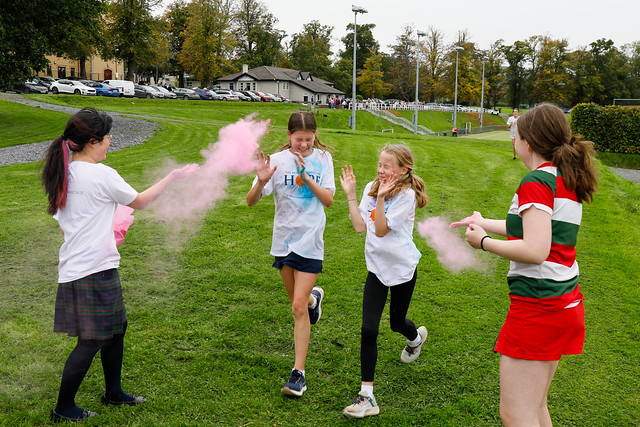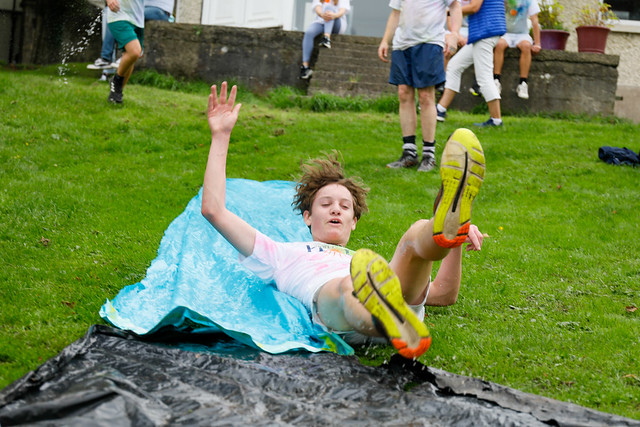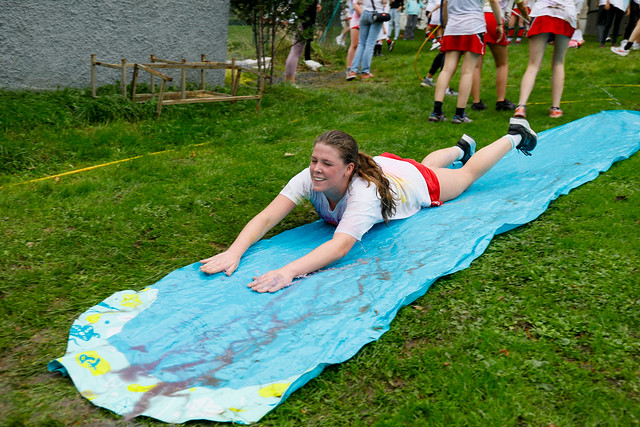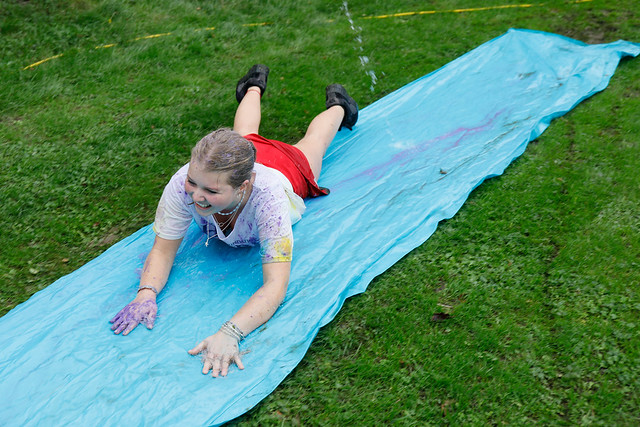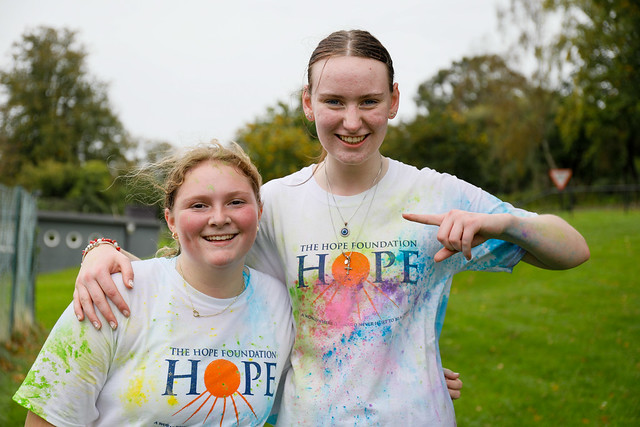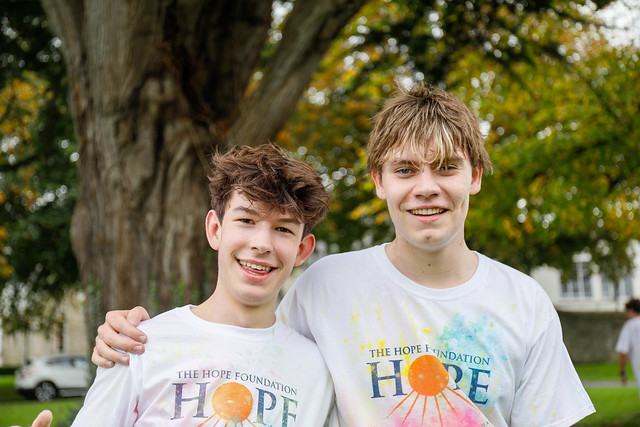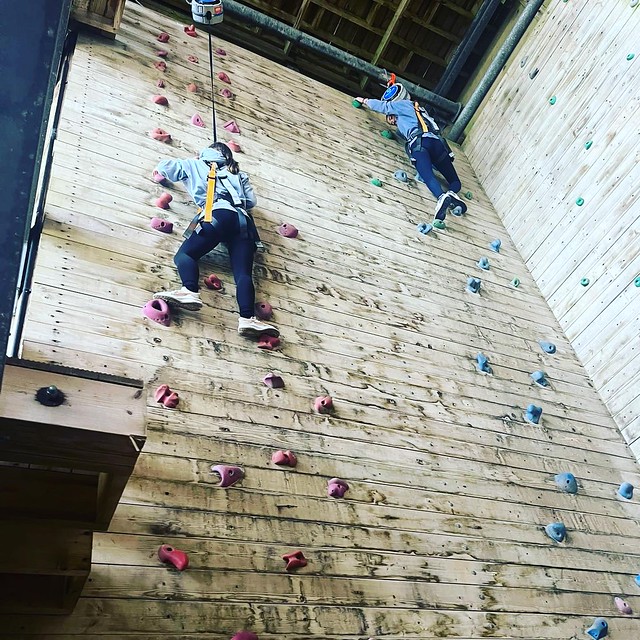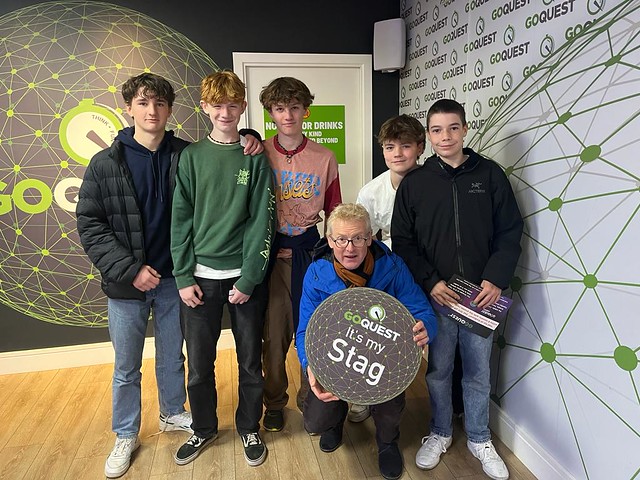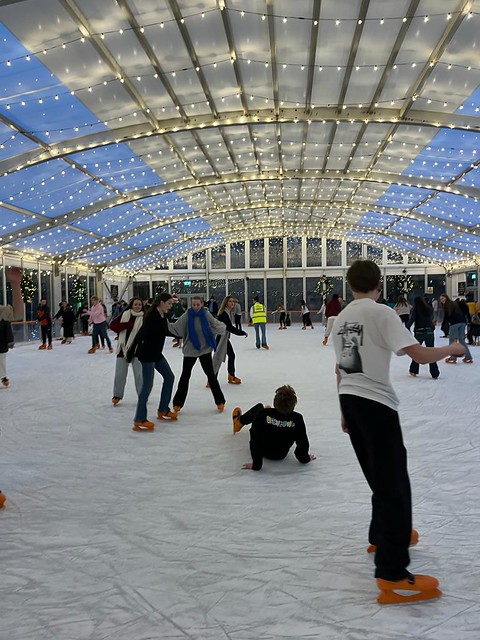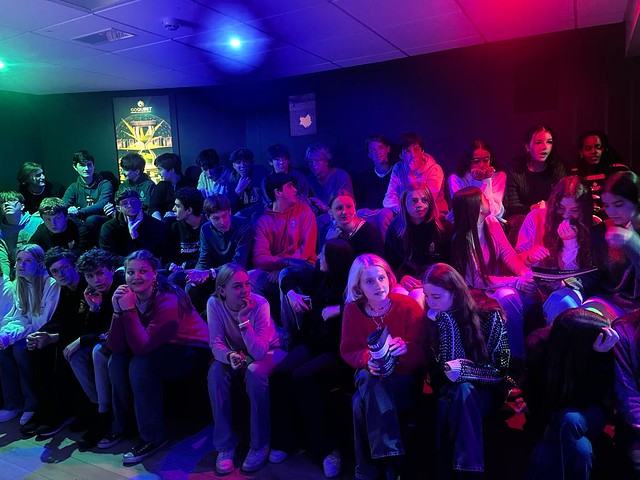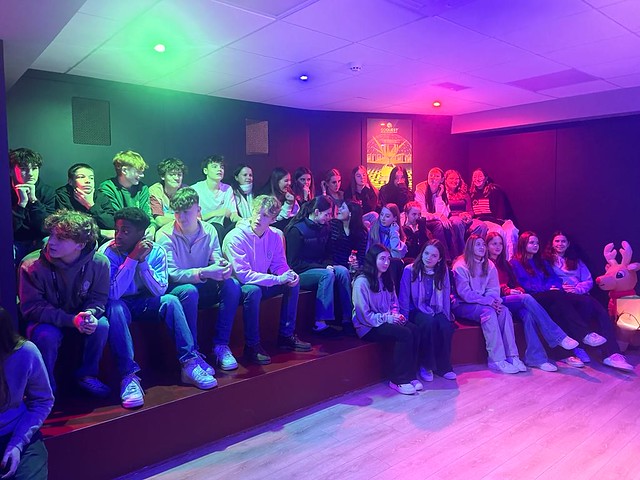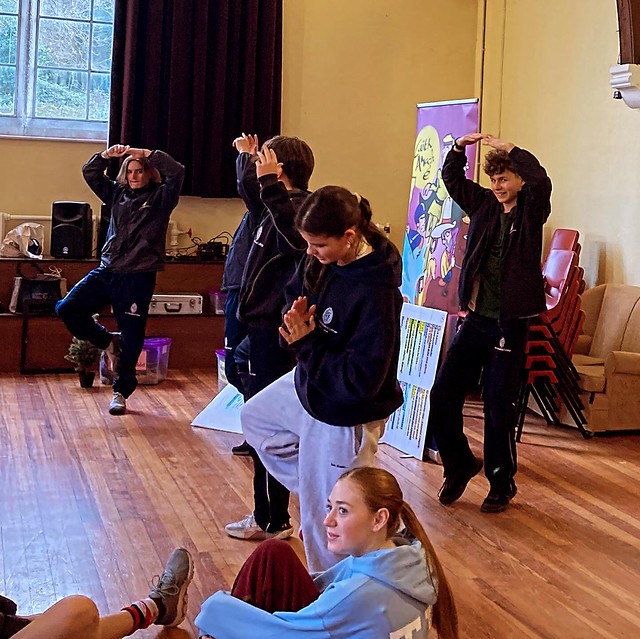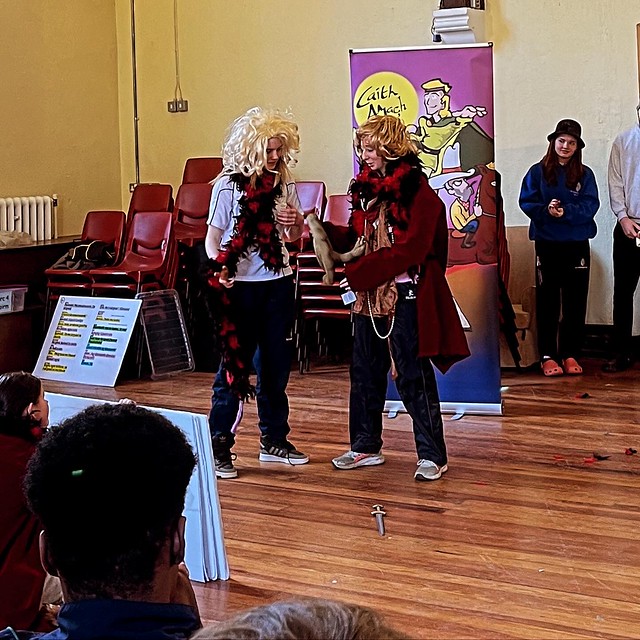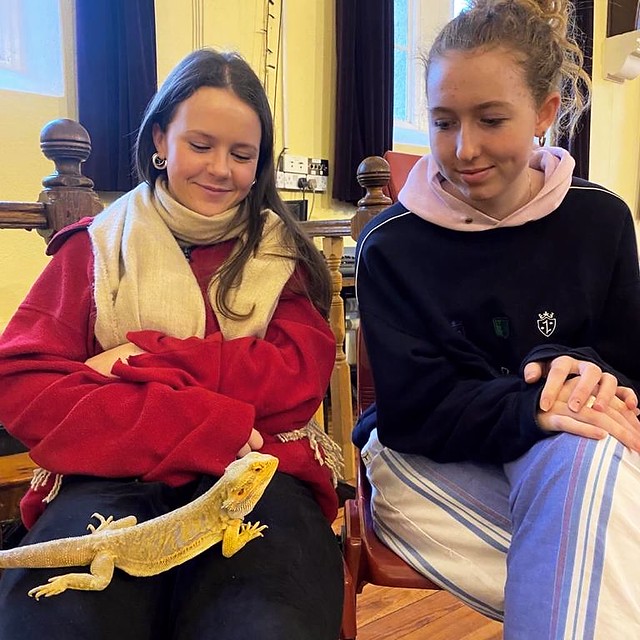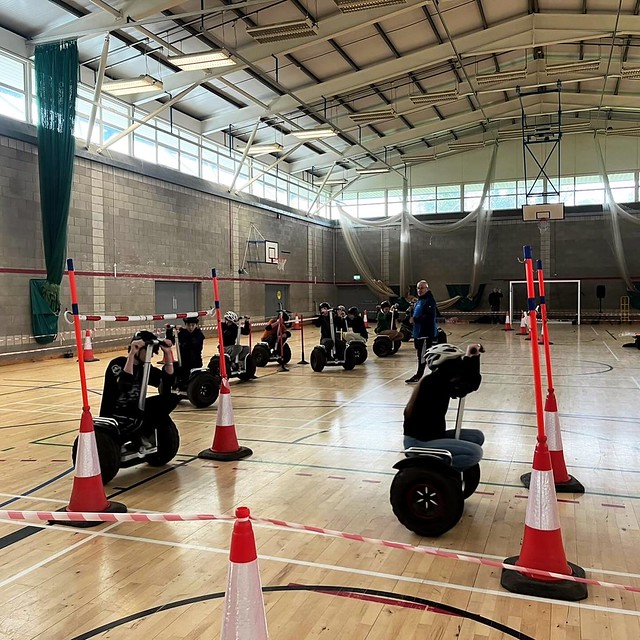Form IV pupil, Philomena Schneider, reports on the recent College trip to South Africa.
During half term, the Warden and Mrs Boobbyer took a group of 12 senior pupils to South Africa on a school trip. I was one of them and in the following report I’m going to describe the activities in which we participated, as well as our experience in a country unknown to all of us.
The Friday before half term, the 9th of February, we went set off; first stop, the airport. We had two flights; the first one, 7 hours long, to Doha airport which was mind-blowing to all of us in its greatness and creativity. The next flight to Johannesburg took us about 8 hours, which we didn’t notice much, because we were sleeping most of the time. As we arrived in Johannesburg airport, we quickly found our luggage and went off to take the bus to Tiger Kloof, the boarding school where we would be staying. The Warden was the former principal of that school, so he knew almost everyone already. It was a very warm welcome, equally by the people and by the weather. Because we had a lot of traveling behind us, we just unpacked and got to know four very nice prefects who were greeting us in the evening.
On Sunday we started off with our programme, which this day included a walk around the school grounds after breakfast. This ended up being a 7 km walk, as the school is around 10 times bigger than St. Columba’s. On this walk we discovered the quarry and some ruins of old buildings. Chapel in the late afternoon was a very different experience than what we are used to. People were dancing and singing out freely, which, from my point of view, was great fun and not at all comparable to our chapel services. During this service, we first came across the amazing marimba band. This day was very exciting for everyone, so we talked about our experiences while playing cards after dinner, before we went to bed at around 11.00 pm.
Monday, the actual work started. Again, after breakfast, we made our way to the nearby primary school where we were supposed to help with classes and play with the kids. There was a little awkwardness on our side, but the kids soon were all in and had us playing with them until we couldn’t do anything any more. But that was not the end of the day yet! We had lunch after the primary school project and at 4:00 we went on to have two workshops. The first one was about how to do gumboot dancing and the second one about how to play the marimbas. Nobody from our group knew anything about either of these activities, so we watched and learned. It was very interesting to see how they would dance and it was very funny seeing them trying to tell us to loosen up a little. It took us a few tries, but in the end we mastered at least the basics. Later that night we went out to dinner, where we got to witness a thunderstorm, which was really impressive. The rest of the night we played cards again until we went to sleep.
Something different was planned for us on Tuesday. We went to help Mamma Maria cook and serve food in a soup kitchen which she supervises. Because we were done with the food quickly, we went next door to play with the kids in day-care who were about 2 or 3 years old. Then it was time to serve the aforementioned food to the people who came. The soup kitchen was located in Vryburg’s township, Huhudi, so most of them were starving and very happy about the meal they got. At around 2:oopm, we went to get our own lunch, of course, after helping Mamma Maria to wash the pots and plates. In the afternoon, we went to church again, where this time, a cultural evening was held by the Tigers. The marimba band as well as the gumboot dancers were performing. From our side Cerys was the only one brave enough to go forward and play something. It was rather spontaneous, so everyone who wanted to contribute anything could do so. For dinner we were supposed to cook our own meal, which was a chicken stew. Split into 4 different groups, we cooked it over an open fire and in the end, a “Jury” got to test it and determine a winner. This evening we went to bed early.
We got to hear the early bird song on Wednesday, at 5:30am. The sunrise walk was, in my opinion, very early, but totally worth it. It was really spectacular seeing the sun rise above the quarry, from where we were watching. Because it was so early, most of us went back to sleep right after it, to have a little rest before breakfast. This day, we were again doing the primary school project and got to see the kids again. Sadly, just short this time, because at 11.00 we drove off to another school to hand out sanitary pads as a part of the HER project at a school with major social issues. Right after it we went to have lunch and to go to a farm which had a huge wedding venue. There, we could do things like horseback riding or Kalahari surfing, but we mostly just played football. For dinner we had a barbecue, or braii, and went back to Tiger Kloof after that.
On Thursday we went to a disabled home, not far from the soup kitchen. It was very humbling to see the conditions under which the staff had to work and the people being taken care of. They were mostly children, but there were also 2 or 3 adults. We helped with feeding them and after a short break, where we went to see a lion farm, we got to play games with them outside and give them their lunch inside. We picked up our own lunch and later that day we went swimming in the quarry, where we played a few games like Marco Polo. For dinner we went to Orexi’s,a steakhouse in Vryburg, and after eating we went back to pack our bags for the next day.
Friday morning after breakfast we got a bus to take us to Pilanesberg. We said goodbye to everyone and off we went. The bus travel was about 5 hours with two short breaks. When we arrived at the game park, welcomes by monkeys, we had to hurry to bring our bags inside and go out almost immediately after, because we had a safari booked for 15 minutes after we arrived. On the first game drive we saw a lot of elephants, wildebeest, and even a warthog and three cheetahs, among many other things. This drive lasted for 3 hours, so when we came back, we jumped in the pool and went straight to dinner. We also went to bed quite early as we had to get up at 6 am the next morning.
As I mentioned, the second game drive was at 6:00 am. This time, the most seen animals were rhinos, which was very exciting. After this safari, we had breakfast and packed our last things. At about 10:00am, we took the bus to Johannesburg and first visited an African market, where everyone got souvenirs and later visited the Apartheid Museum. This taught us a lot about the apartheid system, which was very interesting to me and I wish we have had more time to spend in it. Finally, for the end of our journey, we drove to the airport, where we went on the 8 hour flight to Doha followed by the 7 hour flight to Dublin.
I think this trip was a once in a lifetime experience and I would recommend it to anyone considering it for another year. I brought back lots of memories I won’t ever forget.

